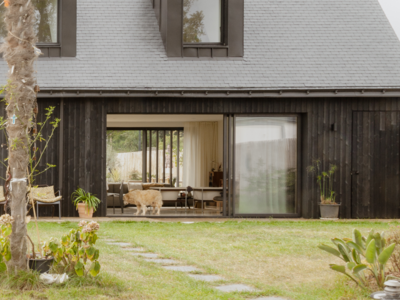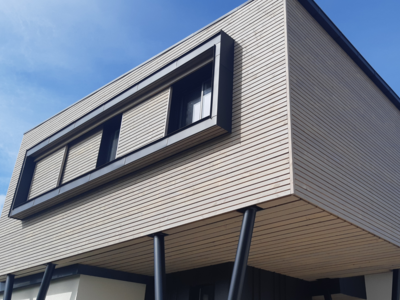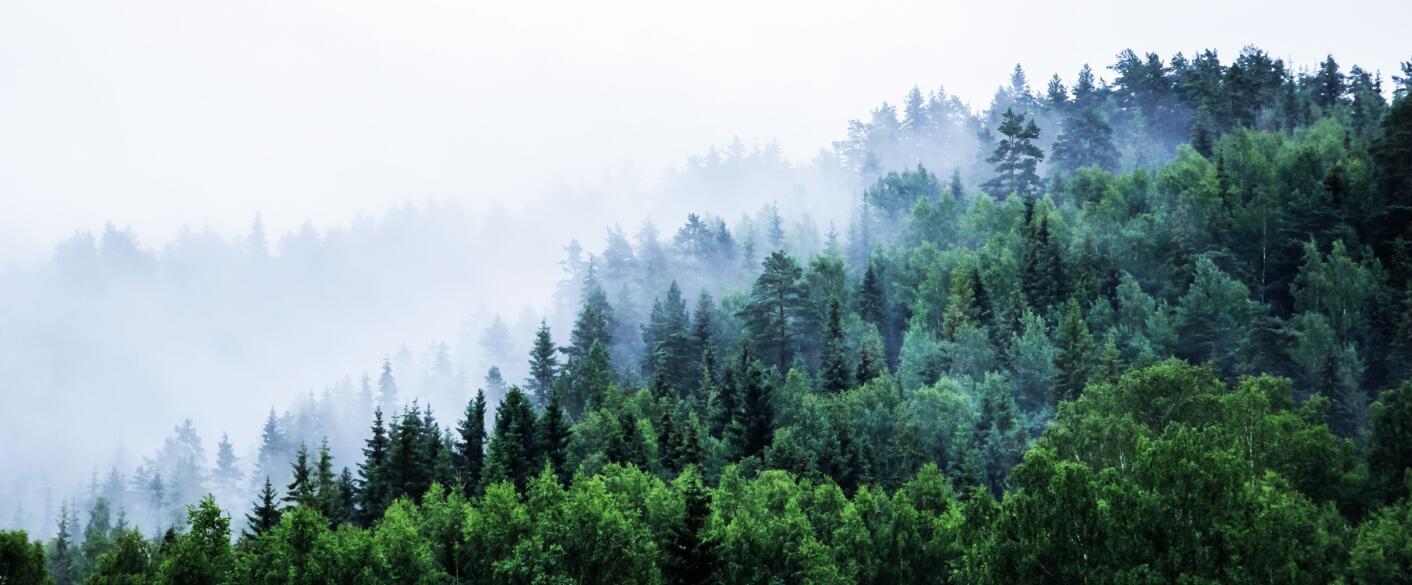Are you planning to renovate your interior walls? Wooden cladding is all the rage. Insulating and aesthetically pleasing, wood panelling is also durable when well chosen. Softwoods or hardwoods, use classes and finishes - we'll tell you what you need to know to decide which type of wood is right for you.

What are the different types of wood used for panelling?
Interior wood cladding is an excellent thermal insulator with an attractive appearance. Each species of wood has its own characteristics, with natural qualities and defects. A distinction is made between softwood and hardwood, which do not have the same properties.
Softwoods for wood panelling
Softwoods are the materials most commonly used for panelling. They are economical and generally require little maintenance. These European woods generally grow in Northern and Eastern Europe, but French production is far from negligible. These durable woods are highly prized for their light colour and ease of working. Some of them, however, require treatment to make them rot-proof, such as spruce, pine and fir. Here are the different types of softwood that can be used for interior wood panelling.
- Spruce is a soft, whitish to cream-coloured wood. It has a fine, even grain.
- Scots pine is a medium-hard wood with a creamy, natural colour, a straight grain and small knots. Warm and attractive, it is ideal for interior wall cladding.
- Fir is a soft, creamy-white wood.
- Douglas fir is a soft, pinkish to reddish-brown wood with a pronounced grain.
- Red cedar is a soft, light wood with a reddish colour. It is widely used for interior wood cladding insulation.
Hardwoods for wood panelling
The diversity of colours and textures of these noble woods makes them ideal for designer interior wood cladding. These solid woods come from Africa, Latin America and Asia, as well as Europe and Russia. Resistant and aesthetically pleasing, these high-quality woods are an excellent alternative to exotic woods, which are far less environmentally friendly. Interior saline hardwood cladding is particularly popular. Here are the main woods used for interior hardwood wall cladding.
- Oak is one of the densest hardwoods. It is found mainly in the northern hemisphere. It is distinguished by its honey colour, sometimes brown depending on the species. Oak is a highly versatile wood species, used not only for decking and sturdy furniture, but also for vertical interior wood cladding. Interior brushed oak cladding is particularly trendy.
- Maple is a hardwood with fine, uniform grains. It is a highly aesthetic wood, ideal for creating elegant wall cladding. It grows in North America, but European maple also exists. Maple wood is considered to be one of the most precious hardwoods.
- Chestnut is a hard wood with a light, even colour. It has a fine grain and its lengths are free of singularities. France is Europe's leading producer of chestnut wood. Thanks to its exceptional decorative qualities, chestnut is considered to be a first-rate material.
- Beech is a white-grey hardwood. It sometimes has a slightly pinkish tinge. Its structure is homogeneous. The grain lines on the surface of the wood make it a very elegant species. Beech grows mainly in temperate regions of Europe.
What are the criteria for choosing a wood species for panelling?
If you are planning to install interior wood cladding in a building, you will need to choose the right wall covering for the room. To do this, you'll need to determine whether there's a risk of damp affecting your panelling. To help you make your choice, you can consult the use class, which will help you assess whether the product you have chosen is a moisture-resistant wood. Contrary to popular belief, softwoods are not necessarily the least resistant. And because protecting the planet is essential, remember to check the labels that guarantee environmentally-friendly quality wood.
Classes of use for wood
When creating interior cladding, make sure that the function of the room corresponds to the material used. Wood is classified by use class. The wood class will help you optimise the lifespan of your panelling. It's up to you to determine which grade is compatible with the humidity level in the room. It goes without saying that a shower screen in direct contact with water, for example, needs to be perfectly watertight.
- Use class 1 covers dry wood with a moisture content of 20%. Untreated wood of this type should not be used in bathrooms or shower rooms for floor or wall coverings. These species are generally used to make furniture and interior joinery.
- Use class 2 covers wood that may occasionally come into contact with moisture. This type of wood is used to make frameworks and frames.
- Use class 3 refers to species that may be in frequent contact with humidity. They are used for exterior joinery and cladding.
- Use class 4 covers wood that can be in direct contact with fresh water on a permanent basis. This class covers the majority of exotic woods. They can be used without any problem in the bathroom.
- Use class 5 covers wood that can withstand permanent contact with salt water. They are used in particular for the manufacture of pontoons. Itauba and massaranduba fall into this category.
Apart from use in a damp room such as a bathroom, a class 1 species will suffice to cover your walls with wood panelling. On the other hand, if you want to use your panelling boards to cover damp rooms, you'll need to use species that are naturally class 3 or class 3 conferred, like our Ecothermo solutions, for example. The Ecothermo process is entirely natural and environmentally friendly. It preserves the wood without the use of chemical additives or petroleum products. To find out more about our heat-treated wood cladding, visit our dedicated article.
Panelling used indoors is advantageous for its aesthetic appeal and insulating properties. To make the right choice, don't forget to check the class of use and make sure that the wood is produced in an environmentally-friendly way. At Sivalbp, we care about the environment, and in addition to the beautiful finishes on our products, we make it a point of honour to ensure that all our wood comes from sustainable sources.
See our full range of wood panelling to give you ideas for your future projects.
Other news








